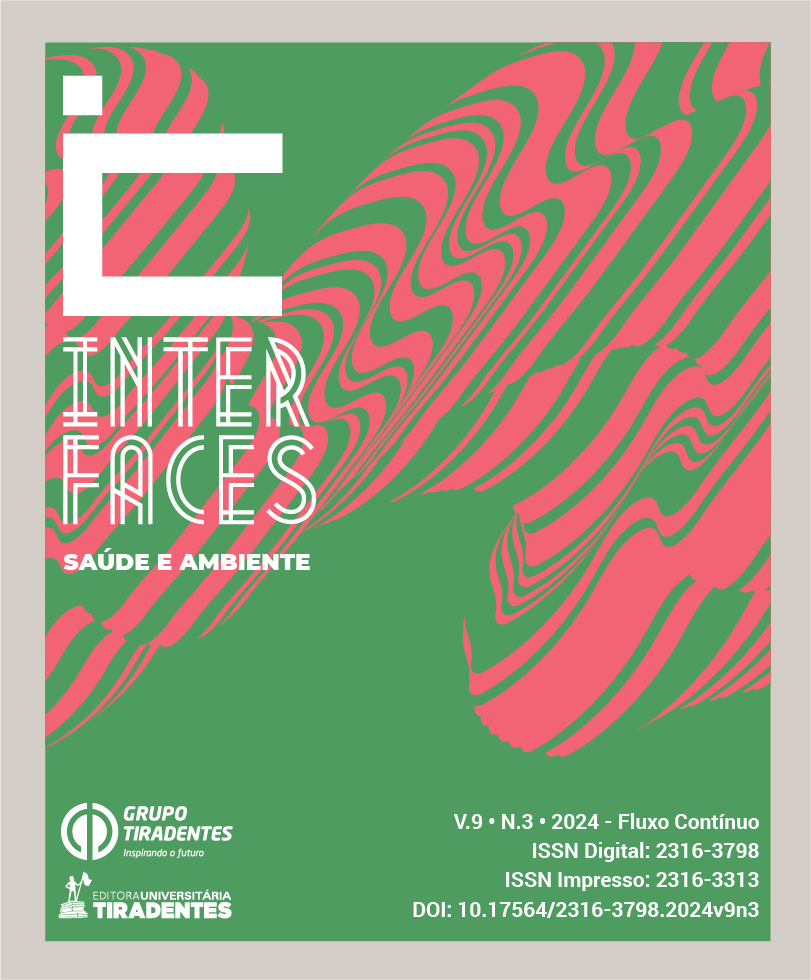Experimental Design of Physical Photoprotector (TiO2), Obtained by the Spontaneous Emulsification Method, with a Transparent Appearance to the Skin.
DOI:
https://doi.org/10.17564/2316-3798.2024v9n3p495-508Published
Downloads
Downloads
Issue
Section
License
Copyright (c) 2024 Interfaces Científicas - Saúde e Ambiente

This work is licensed under a Creative Commons Attribution-NonCommercial 4.0 International License.
Autores que publicam nesta revista concordam com os seguintes termos:
a. Autores mantêm os direitos autorais e concedem à revista o direito de primeira publicação, com o trabalho simultaneamente licenciado sob a Licença Creative Commons Attribution que permite o compartilhamento do trabalho com reconhecimento da autoria e publicação inicial nesta revista.
b. Autores têm permissão e são estimulados a distribuir seu trabalho on-line (ex.: em repositórios institucionais ou na sua página pessoal), já que isso pode gerar aumento o impacto e a citação do trabalho publicado (Veja O Efeito do Acesso Livre).
Abstract
The effects of ultraviolet radiation (UVR) on the skin are influenced by the intensity of the source, exposure time, UVR wavelength and skin pigmentation. UVA and UVB solar radiation reach the Earth's surface, being crucial for the production of pre-vitamin D3 in human skin. Sun exposure can lead to erythema and sunburn (UVB) and photoaging (UVA), in addition to increasing the risk of skin cancer, recognized as a carcinogen by IARC. Malignant skin tumors, including melanoma, basal cell and squamous cell carcinoma, are mainly associated with exposure to UV radiation. Melanoma cases increased significantly from 1975 to 2016, indicating the importance of prevention. Sunscreens are fundamental tools to prevent damage caused by UV radiation. There are two types: chemical and physical. Chemists absorb UV energy, while physicists reflect or scatter the radiation. However, chemical blockers have been linked to environmental and health concerns, including toxicity to corals and suspected endocrine disruption and carcinogenicity. Six formulations (F1, F2, F3, F4, F5 and F6) of physical sunscreen using micronized titanium dioxide were obtained by the spontaneous emulsification method, with F5 being the most stable formulation. F5 appeared transparent on the skin. Characterization showed an average particle diameter of 273 ± 4.89nm and polydispersity index 0.25 ± 0.12, demonstrating homogeneity in the formulation and reduced aggregation capacity. The evaluation of the in vitro sun protection factor (SPF) revealed a value of SPF - 28, considered high for reflecting UV radiation, attributed to the presence of reflective inorganic particles and the lower concentration of titanium dioxide.




















